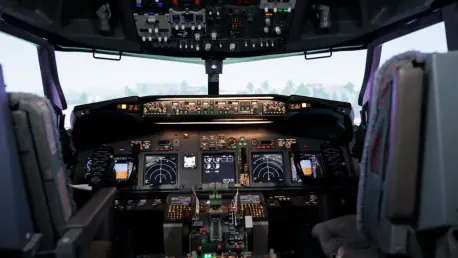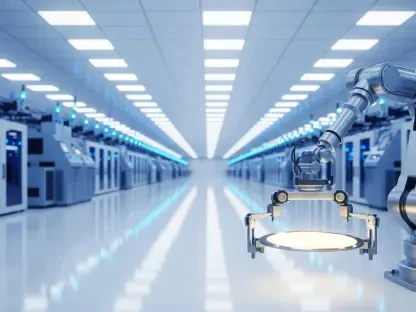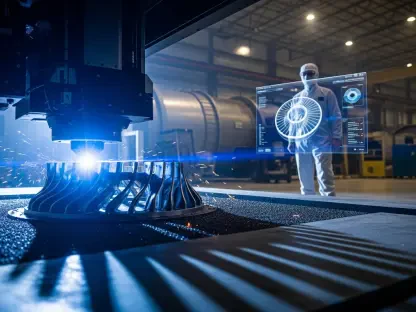In an effort to simplify and streamline its extensive portfolio, Honeywell International announced its plans to spin off both its automation and aerospace divisions into independent public companies. This strategic move was announced on Thursday and aims to establish Honeywell Automation and Honeywell Aerospace as focused entities serving distinct market needs.
Honeywell Automation is set to concentrate on the industrial sector, providing advanced technologies, solutions, and software designed to enhance productivity. On the other hand, Honeywell Aerospace will cater to commercial and defense aircraft industries with products encompassing aircraft propulsion, cockpit, and navigation systems. The completion of the split is anticipated in the latter half of 2026.
This decision follows a series of strategic shifts undertaken by Honeywell since Vimal Kapur assumed the role of CEO in 2023. The focal aim has been to streamline the company’s wide-ranging portfolio. Concurrently, Honeywell disclosed that its advanced materials business would also be separated by the end of this year or early 2026.
Kapur emphasized that the separation plan is expected to benefit all stakeholders and set the three standalone companies on a trajectory for sustained profitable growth. He highlighted that this reorganization allows each company to implement simplified strategies closely aligned with their unique business purposes and to better address specific market needs.
Over the past few years, Honeywell has consistently moved towards focusing on automation, aviation technology, and clean energy. This includes divesting from non-core operations, like the November announcement to exit the personal protective equipment (PPE) business by selling it to Protective Industrial Products for $1.3 billion, a deal expected to culminate later this year.
Furthermore, Honeywell has pursued growth through strategic acquisitions. Notably, in the past year, it acquired several companies including cloud-based service firm Carrier Global Access Solutions, navigation tech company Civitanavi Systems, electronics firm CAES, and the liquefied natural gas business from Air Products.
Additionally, Honeywell entered a significant $17 billion research and development agreement with Bombardier in December to enhance jet engines and develop satellite communication technology. This partnership also settled a longstanding lawsuit regarding jet engine prices.
Honeywell is also advancing in the quantum computing arena through its subsidiary, Quantinuum. Recently, Quantinuum partnered with Japan’s Softbank Corp. to develop quantum computing solutions.
Overall, Honeywell’s strategic direction under Kapur is clear — a focused drive towards automation, aviation technology, and clean energy, with a targeted approach to acquisitions and divestitures to streamline operations and enhance stakeholder value. This reorganization reflects a thoughtful strategy to adapt to market demands and position the company’s divisions for sustained success.









